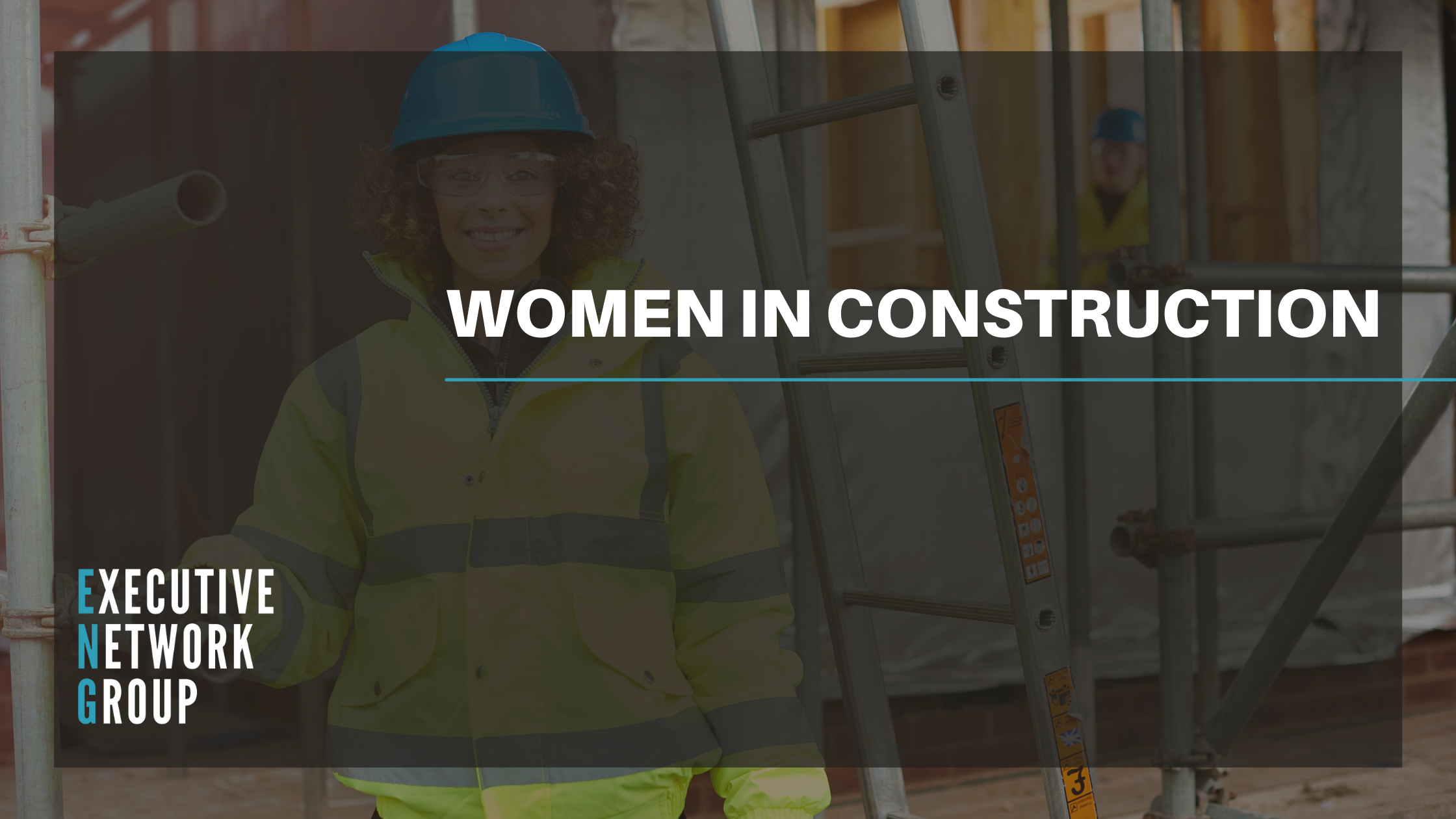Women in Construction

The construction industries’ track record for female employees is less than stellar. According to Willmott Dixon – only 12.8% of the workforce is made up of women workers and only 1% of that number work on-site. The pay gap is also rife throughout the sector with male supervisors being paid 45% more than female workers in the same role.
The industry now faces major changes as more inclusion in construction is needed.
So what can the sector do to support more women who wish to start a career within the construction sector and ensure that they can thrive?
Flexible Working
Flexible working hours and working from home is no longer a perk to combat COVID19 lockdowns – it’s here to stay and many people are demanding flexibility in their work schedules. According to many, we’re currently experiencing the “Great Resignation”, where people look to find the right balance between their work-life and social and family life.
“Construction has been known to have a long-hours culture; there’s a pervading view that ‘that’s what you sign up for’, and that anyone working less than full-time is less committed (and unlikely to climb the ladder). Additionally, the fact that frontline workers tend to be paid by the hour makes some wary of any changes to ways of working that might impact their pay”. – timewise
Many women between the ages of 28 and 35 tend to leave construction roles in pursuit of jobs that will allow them to raise families while having the flexibility to continue their careers alongside. Making the sector more attractive to women and allowing them to feel that they can reach both their career and family goals.
Changing the Perception of Women in Construction
The construction industry is in dire need of a re-brand. The sector can be perceived as traditionally a “man’s game” with a huge lack of diverse talent.
“Businesses need to be more vocal about highlighting the work of existing female employees within their own organisations, so that other women – both inside and outside of that business – are made aware of the kind of opportunities that are on offer". – Carpenters Mate
Inspiring, and in turn, influencing women to choose a career in construction is key – not just the onsite roles but commercial and operational roles within the sector. Representation is needed to help influence, and showcasing female leaders and making it accessible to all is how we can advance this sector.

Work Placements/Apprenticeships
So many young people leave school at 16 with no clue about the industry they want to work in. Apprenticeships and different types of work experience are key for allowing young people to find their niche.
According to MEP Resourcing, the project, Women into Construction has found great success with “the introduction of women into work placements, without prior site experience”.
Women in Construction supply workshops for women to develop skills such as tiling, plumbing, carpentry, and painting and decorating. Arming women with industry skills to try and bridge the skills shortage that the sector currently endures will be a huge incentive for employers.
Inclusive Workplaces
Construction sites can be a quite daunting place for women, especially new hires. “Bloke culture”, casual sexism and even sexual harassment can be found on sites that don’t build inclusive and healthy cultures.
“An annual Women in Construction recently revealed that of the 4,200 construction workers that were surveyed, 41% of women said they had received inappropriate comments from a male colleague in the workplace, compared to 28% of women in all workplaces in 2018” – PBC Today
Breaking down these non-inclusive cultures and replacing them with an accepting environment where everyone is welcome is so important if construction companies want to improve diversity within their workforce and bridge the skills gap. If male-dominated sites continue – the divide will only widen and a culture shift will only become more difficult to achieve.
Conclusion
Attracting women to construction is nowhere near an impossible task. However, construction firms must be willing to break the status quo - and change the culture that surrounds the industry.
Creating clear pathways for women into the sector needs to start from educational level school careers meetings and work experience opportunities to placements and apprenticeships. Working closely with projects such as the Design Engineer Construct (DEC) – a learning programme for school leavers, and Women in Construction for women who need upskilling to gain a foothold in the industry.
Changing site culture and its approach to autonomous working are more key indicators of change and a clear shift in ideas and approach.
%20(1).png)
